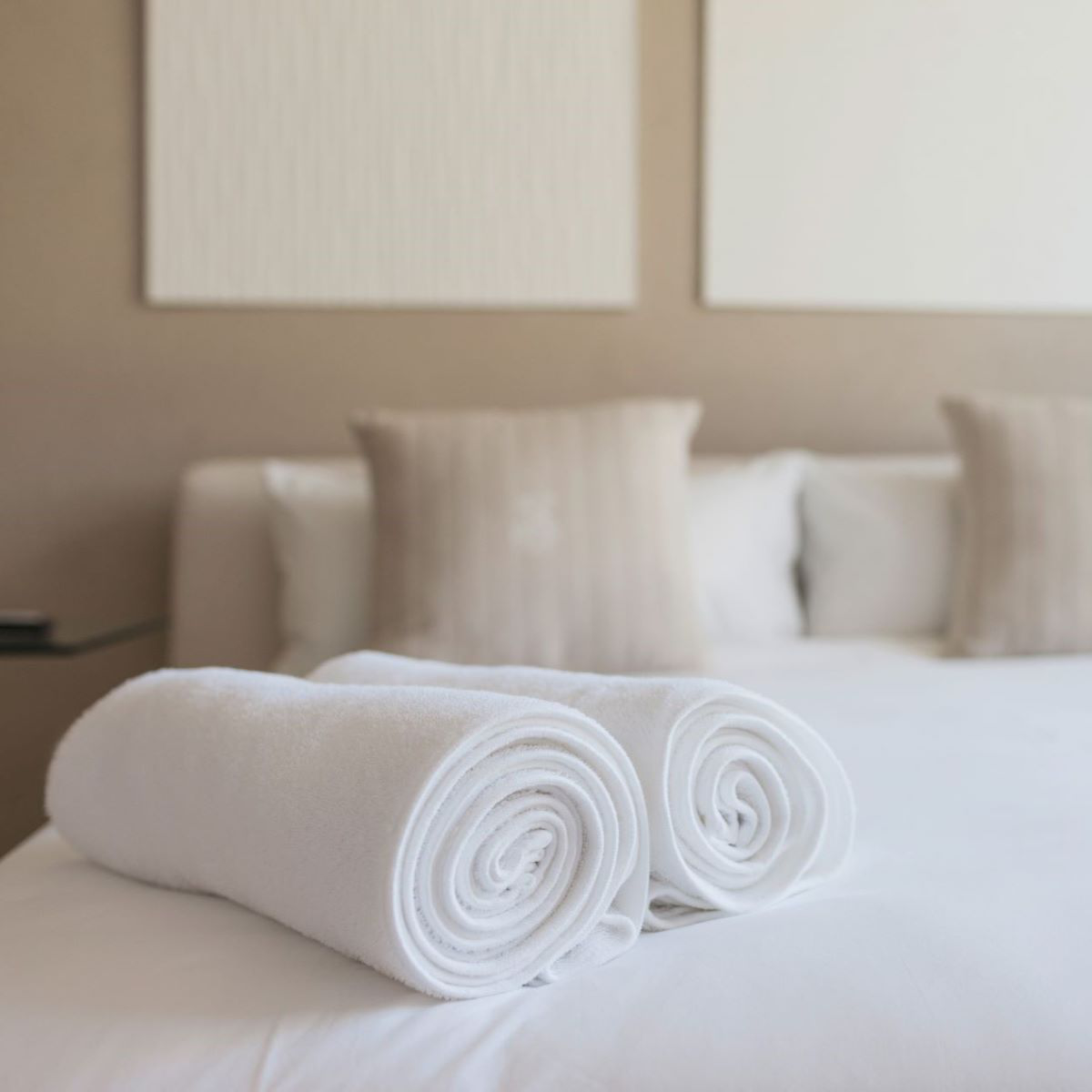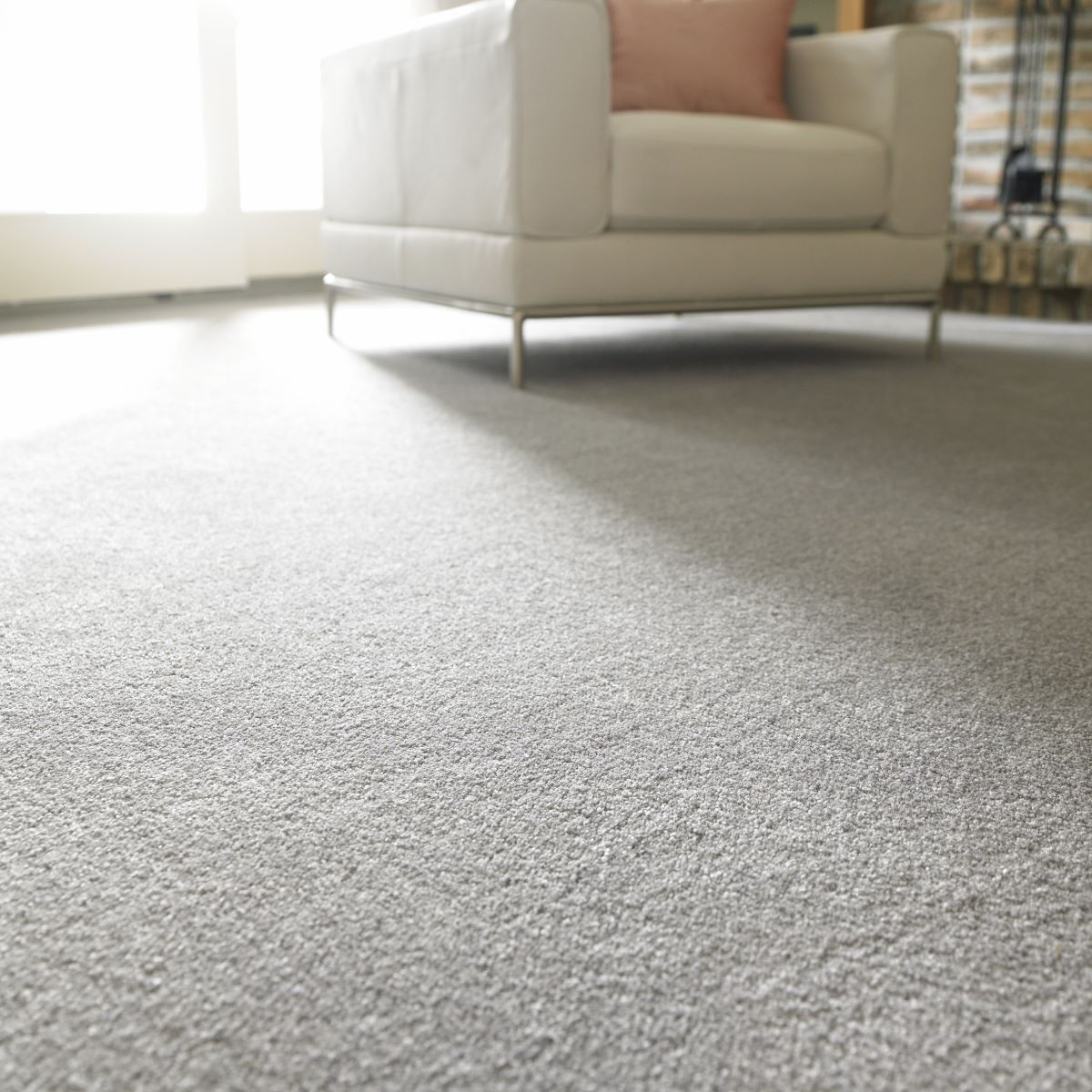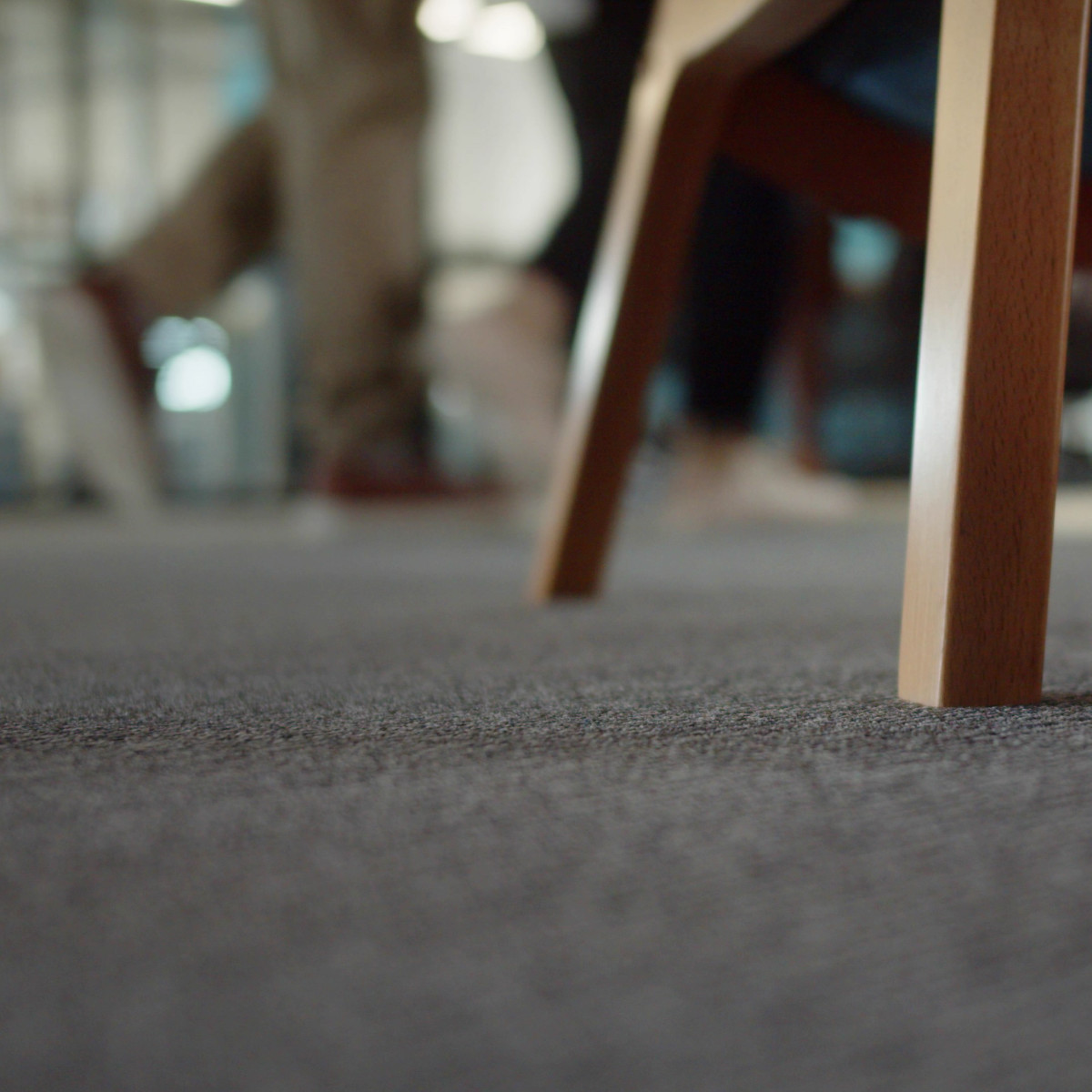Reading time: 2 minutes
Acoustics as a key factor in commercial spaces
Whether in offices, hotel lobbies, restaurants or production halls – good acoustics are vital for modern interior design. They impact well-being, focus and communication for both employees and guests. Acoustic carpets can be easily integrated into existing layouts.
Manufacturers are increasingly opting for sustainable materials such as recycled PET or ethically sourced wool – supporting the principles of a circular economy.
Versatile use across sectors – from offices to hospitality
The benefits of acoustic carpets extend far beyond open-plan offices. They also enhance the acoustic experience in high-traffic public areas.
Core benefits at a glance:
- Improved speech intelligibility: Hard flooring reflects sound, causing echoes. Acoustic carpets absorb noise and reduce reverberation – essential in meeting rooms.
- Enhanced concentration: A quieter space promotes productivity. Acoustic carpets help create a calm and focused atmosphere.
- Hearing protection: In noisy industrial environments, carpets contribute to sound insulation and reduce long-term hearing risks.
- Support for mental well-being: Reducing background noise helps lower stress levels – contributing to healthier, more balanced workspaces.
Sustainability through materials and circular design
Sustainable carpet production increasingly focuses on natural and recycled fibres:
- Wool is biodegradable and naturally dense – ideal for absorbing sound.
- Recycled PET reduces reliance on virgin resources.
- Plant-based dyes offer eco-friendly colouring options without harsh chemicals.
Compressed natural fibres are particularly effective at reducing footfall noise in busy settings.
Design meets function: innovative textures for acoustic efficiency
Not only the material but also the surface structure plays a key role in sound absorption. Braided strips or textured surfaces enlarge the sound-absorbing area. Carpets with felt backings improve both insulation and acoustic performance.
Slit patterns are both decorative and functional – enhancing the absorption of mid-frequency sounds, especially relevant for speech.
Conclusion: acoustic carpets add value to commercial interiors
Sound-absorbing carpets are a cost-effective, sustainable and design-conscious way to improve acoustic performance in workspaces. They promote well-being, focus and comfort – and are becoming a standard in future-oriented interior design.
FAQ – Frequently asked questions
How do specialist carpets improve room acoustics?
Acoustic carpets made from different materials help to enhance sound quality in interior spaces. Wool offers excellent sound absorption due to its natural fibre structure and also provides thermal insulation. Sisal is effective for footfall noise reduction, while jute is a durable, eco-friendly option – ideal for high-traffic areas such as open-plan offices.
Which types of carpets are particularly suitable for sound absorption?
High-pile carpets are known for their dense, long fibres, which provide a large surface area for absorbing sound and reducing reflection – making them well-suited to meeting rooms and private offices. Compressed felt carpets made from sheep’s wool are easier to maintain and offer good acoustic performance with strong sustainability credentials.
Can acoustic carpets be both functional and stylish?
Yes – today’s acoustic carpets combine high performance with contemporary design. They absorb sound, reduce footfall noise and improve thermal comfort – while also enhancing the overall aesthetic. This makes them ideal for corporate interiors where functionality and brand image go hand in hand.










